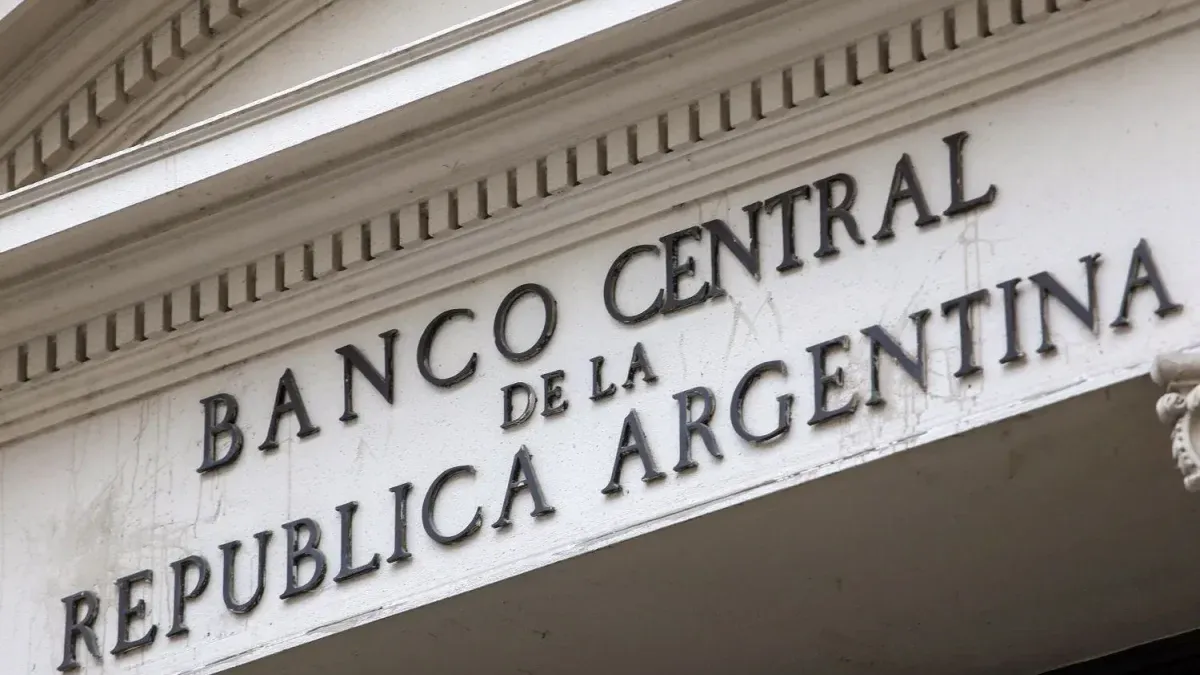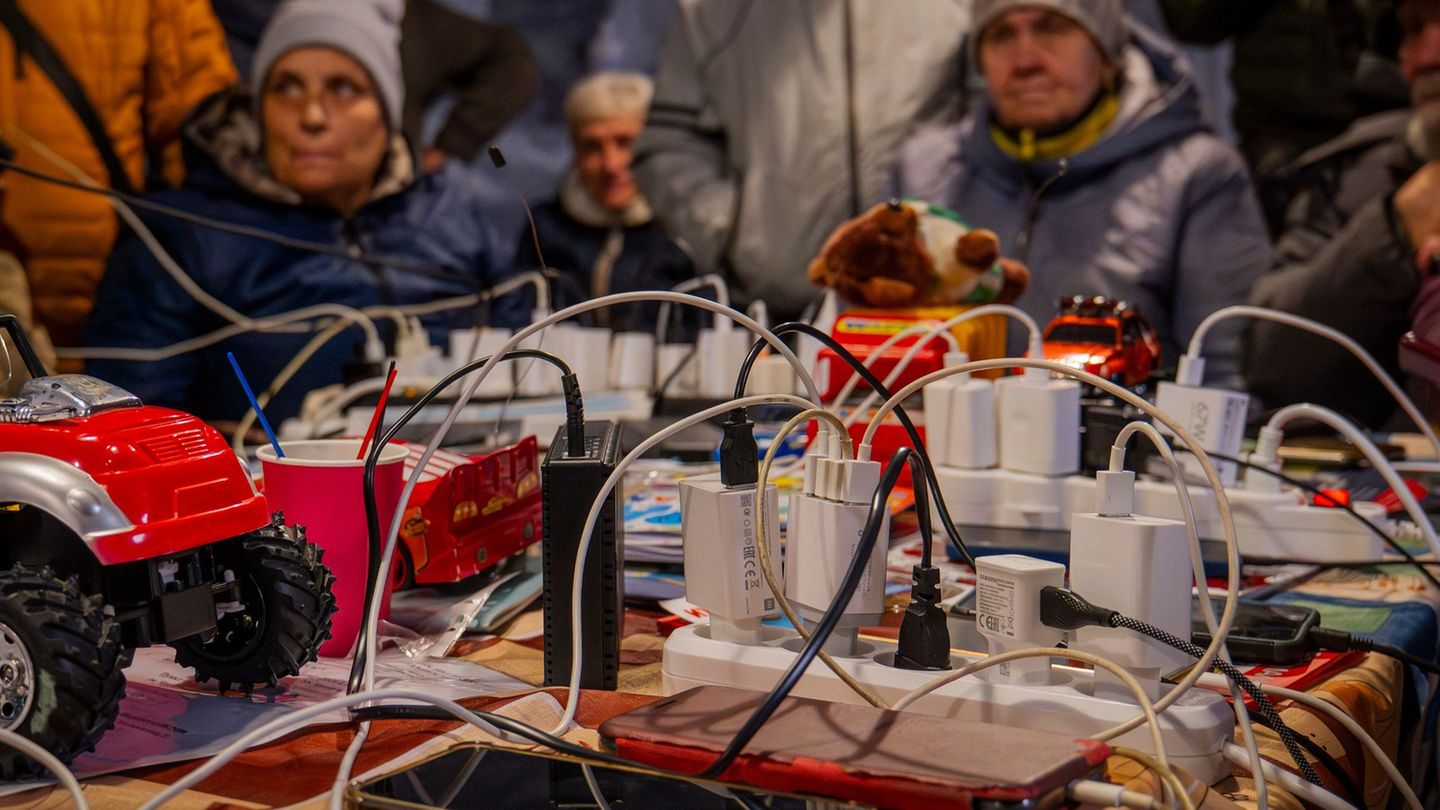The Central Bank will carry out between this wednesday and thursday what could be the last tender of the BOPREAL series 2. This is the bonus for importers that is part of the official strategy to get the high stock of commercial debt back on track and, at the same time, aspire to pesos through the dollarization of part of the remunerated liabilities. In the economic team They aim to place the remainder of US$560 million of this second series and, thus, exhaust the US$2,000 million planned for this stage. Once completed, the third will be launched with a cap of US$3 billion.
In the last days, Series 2 began to be listed on the secondary market. This Monday, per case, US$500,000 was operated. From the Cohen firm, they highlighted that it was negotiated at a price of $87, “quite above our expectations.” “At this price, it is possible to buy dollars at $1,130 through the BCRA subscription (3.1% below the CCL),” they estimated. However, it is expected that there will be a clearer trend starting this Thursday, when the second tender (in which US$1.17 billion was placed) is settled and a little more volume enters the market.
What does this price indicate, higher than that of series 1 and that of dollar bonds issued by the Treasury? Different sources considered that Importing companies and the market value access to foreign currency in a much shorter term that in the first series and assign a lower risk to the fact that the debtor is the BCRA (instead of the treasury), that is, they anticipate that they will receive the flow of dollars necessary to face it.
Series 2, like all BOPREAL, are subscribed with pesos and are denominated in dollars. In this case, it does not pay interest, but is amortized in 12 monthly installments between July 2024 and June 2025. Unlike series 1 (which expires in 2027), the second (being a shorter title) does not have as sweetener the possibility of being used to pay taxes. That is, it is clearly a dollar title.
Differences between BOPREAL series 1 and 2
Salvador Vitelli, head of research at Romano Group, analyzed it like this: “They are completely different. Series 1 has the option of being used for the payment of taxes, early redemption (in pesos). AFIP is going to take it for the payment of taxes at the highest value between the official dollar and MEP, that is, it will probably go to the MEP. Series 2 works as a hard dollar bond issued by the BCRA which begins to be amortized in July, shortly, and matures in June of next year. They quote differently because The market sees series 2 as a kind of corporate bondyielding 20% annually if we take the quote at 85 cents for the cable.”
“That is, it is seen as lower risk than a sovereign bond in dollars which, although we do not have any with such a short duration, it is enough to look at the quotes of the AL29 or the AL30 to notice a great divergence. The market estimates that the Central Bank risk is much lower than the sovereign risk and, therefore, it ends up valuing it at higher prices and shows a lower return,” Vitelli added. For example, the AL30 is around US$45.
The BOPREAL series 1 trades at around US$65 against cable, that is, considerably above the Globales and Bonares but well below series 2. Regarding the first, the consulting firm 1816 maintained that “the market clearly assigns value to the credit (which is BCRA risk instead of Treasury) and the fact that up to 70% of the face value of the bond can be used to pay off tax obligations in Pesos to the MEP dollar (that is, the repayment of a good part of the bond does not require foreign currency).”
Prior to its release on the market, 1816 pointed out that, if series 2 (due to its characteristics) were trading comfortably above US$80, it could be stated that “at least 16 months from now, the market values the BCRA credit more as a provincial or a corporate than like a sovereign.”
The signature Schroders prepared a report for its clients regarding the potential of the second series of BOPREAL: “Given that the cash flow of the bond is in dollars, those who go to the primary bidding are receiving as a reward the gap between the Cash Dollar with Settlement and the rate of official exchange rate plus the aforementioned tax (therefore, the greater the gap, the greater the direct premium and the more attractive the primary subscription).”
In addition, he considered that for those who operate it in the secondary market it can also be an attractive investment alternative since being a short duration bond “the market will perceive it as a bond with a low probability of default relative to the other Globales and Bonares.” And he added: “If that is the case, it would trade at a substantially higher parity, but offering high returns relative to the region or other local instruments.”
BOPREAL: the official strategy
The expectation is that this week the remaining US$560 million of series 2 will be sold out. If so, the auction of the series would open next week. series 3. This third variant will expire in May 2026, will be paid in three quarterly installments starting in November 2025, will yield a rate in dollars of 3% annually and will not have the sweetener of being able to be used to pay taxes. Some sources indicate that it could be the least attractive for the market.
All in all, the BCRA aims to complete a total amount of US$10,000 million between the three series of the bond. They consider that, if achieved, most of the excess commercial debt above the usual levels that accumulated last year due to the shortage of reserves will have been “sorted.” To this amount we must add the around US$1,200 million that MSMEs with commercial debts of less than US$500,000 access in three installments directly through the MULC.
The BOPREAL It is a tool that plays on several sides in the government strategy by Javier Milei for “dry up” the peso market, channel the debt for imports and dollarize a portion of the Central Bank’s remunerated liabilities. All this in order to advance in the shortest possible time towards the lifting of the stocks and, according to the President’s own statements, to create the framework to move towards a new monetary regime, such as the much-mentioned and questioned dollarization.
In fact, since January, former Minister of Economy Martín Guzmán points to BOPREAL as a first step by the Government in seeking to dollarize the economy. “It is a set of operations to convert the Central Bank’s remunerated liability in pesos into a liability in dollars,” he maintains. Likewise, he warns that it is a risky strategy because the BCRA does not issue that currency. Furthermore, both he and almost the entire opposition and economists from different perspectives warn that an eventual dollarization would be a practically irreversible condition for the possibilities of economic development in Argentina.
Source: Ambito
I am a 24-year-old writer and journalist who has been working in the news industry for the past two years. I write primarily about market news, so if you’re looking for insights into what’s going on in the stock market or economic indicators, you’ve come to the right place. I also dabble in writing articles on lifestyle trends and pop culture news.




